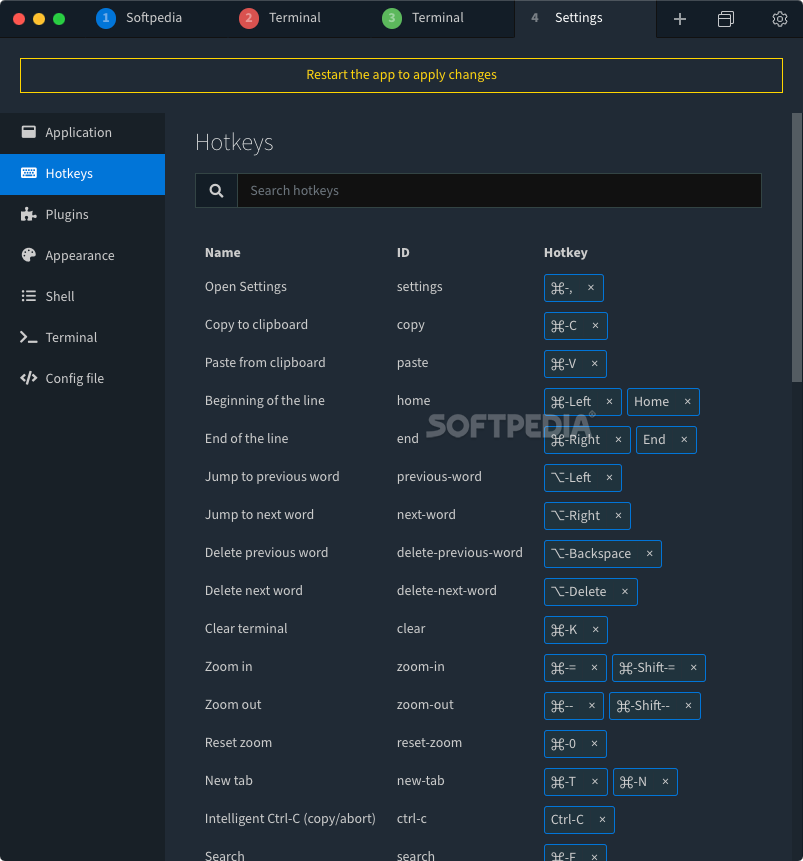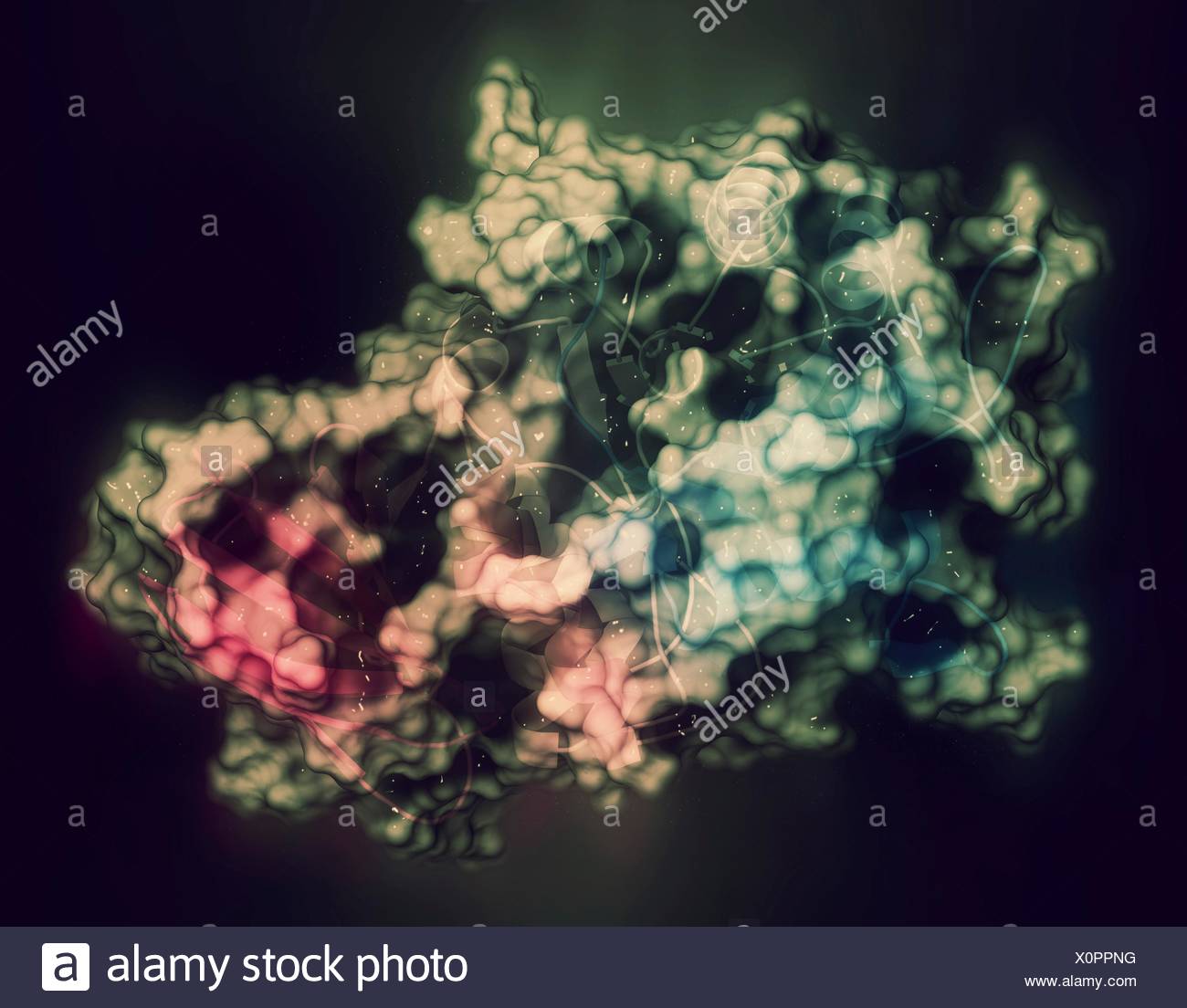Terminus Alpha Demo The technical demo (Terminus Demo One) is available for Terminus. DOWNLOAD ON QUEST DOWNLOAD ON RIFT (S) Gameplay. Your body is an essential element. Whenever you want to do something in Terminus, the first question. A terminal for a more modern age. DOWNLOAD GITHUB. Terminus is an alternative to Windows' standard terminal (conhost), PowerShell ISE, PuTTY or iTerm. Alpha 137 Latest Apr 16, 2021 + 141 releases Sponsor this. Numerous studies have attested to the importance of the extreme C terminus of G protein alpha subunits in determining their selectivity of receptor recognition. We have previously reported that a highly conserved glycine residue within linker I is important for constraining the fidelity of receptor recognition by Galpha (q) proteins.
While primary structure describes the sequence of amino acids forming a peptide chain, secondary structure refers to the local arrangement of the chain in space. Soapui for maceverinsight. Several common secondary structures have been identified in proteins. These will be described in the following sections and visualized using the KiNG software mentioned previously.
Terminus Alpha Windows
To load the KiNG Java Applet, just click here. Upon loading this page, the KiNG Java Applet should automatically spawn. If you need information on using King, please
Use the mouse to ROTATE the image dragging across the top of the graphics window will rotate around Z (in the plane of the screen) and dragging anywhere else will rotate around the Y or the X axis or a combination. Fairly slow movements work best. Smoothness of rotation depends on the number of vectors in the display and the speed and size of the computer. Depth-cuing is done primarily by color intensity there is also a simple sort of hidden-line removal.', CAPTION, 'Using KiNG', CAPTIONSIZE, 2, CGCOLOR, '#1C801C', PADX, 5, 5, PADY, 5, 5,BUBBLECLOSE, STICKY, CLOSECLICK, CLOSETEXT, ', ABOVE, LEFT, BORDER, 1, BGCOLOR, '#1C801C', FGCOLOR, '#ffffff', WIDTH, 200, TEXTSIZE, 2, TEXTCOLOR, '#000000', CAPCOLOR, '#FFFFFF');' onfocus='return overlib('KiNG is composed of two windows- a Text window that gives a short description of the molecule being viewed in the larger window. Usually the text window is hidden directly behind the graphics window. Many features of the kinemage display are self-explanatory, and can be worked out by exploring the possibilties yourself. The windows can be moved around by dragging their top bars, or resized by dragging in the lower right corner. The text window is scrollable the graphics image is rescaled when its window is resized.
Project TERMINUS game Project TERMINUS Beta access Your tweet in the game Project TERMINUS Alpha access Autographed Physical Artwork Print Exclusive TERMINUS T-Shirt Your custom billboard in the subway ads A character with your name, you get to choose his dialog lines Design a secondary quest Design a weapon in the game Name credits on the website.
Use the mouse to ROTATE the image dragging across the top of the graphics window will rotate around Z (in the plane of the screen) and dragging anywhere else will rotate around the Y or the X axis or a combination. Fairly slow movements work best. Smoothness of rotation depends on the number of vectors in the display and the speed and size of the computer. Depth-cuing is done primarily by color intensity there is also a simple sort of hidden-line removal.', CAPTION, 'Using KiNG', CAPTIONSIZE, 2, CGCOLOR, '#1C801C', PADX, 5, 5, PADY, 5, 5,BUBBLECLOSE, STICKY, CLOSECLICK, CLOSETEXT, ', ABOVE, LEFT, BORDER, 1, BGCOLOR, '#1C801C', FGCOLOR, '#ffffff', WIDTH, 200, TEXTSIZE, 2, TEXTCOLOR, '#000000', CAPCOLOR, '#FFFFFF');'>hover here.
The Alpha Helix


An alpha helix is an element of secondary structure in which the amino acid chain is arranged in a spiral. The kinemage linked above shows an individual alpha helix, viewed from the N-terminal end to resemble the 'helical wheel' (see figure below). The O and N atoms of the helix main chain are shown as red and blue balls, respectively. The non-integral, 3.6-residue-per-turn repeat of the alpha helix means that the Cα's of successive turns are about halfway offset, giving the main chain a distinctive 7-pointed star appearance in end view. Notice that the Cα-Cβ bonds do not point out radially from the helix axis but 'pinwheel' along the line of one of the adjacent peptides, giving the side chains an asymmetrical start.
The hydrophobic side chains are shown in seagreen, polar ones in skyblue, and charged ones in red. These can be turned on by clicking on the checkbox labeled 'side ch'. Now TURN ON and OFF the various display groups and sets, by clicking in the appropriate button box.
When you clicked the different sidechain types on, what did you observe? Did you notice that the helix has one side with mainly polar residues, and the other with mainly hydrophobic residues?. This is a typical globular-protein helix; in its native configuration, the polar residues would face the solvent while the hydrophobic residues would face the protein interior. In the view menu in KiNG, choose View2 or View3 to see more of the structure.
The figure to the left shows a helical wheel representation of an amino acid sequence, as if looking down the axis of an alpha helix that is perpendicular to the page. The amino acid residues are numbered from nearest to most distant and are arranged as an ideal alpha helix with 3.6 residues per complete turn. This figure is a snaphot of a Java Applet written by Edward K. O'Neil and Charles M. Grisham (University of Virginia in Charlottesville, Virginia).
In KiNG, choose View4 for a close-up from the side, with the helical hydrogen bonds (H-bonds) in brown. Turn on 'Hbonds' on the button panel, to see the H-bonds in brown. Sport designs oldmac designs. Click on backbone atoms at either end of one of the H-bonds, to verify that the alpha-helical H-bond pattern does indeed go from a donor NH at residue i to an acceptor O at residue i-4 (as shown in the figure to the right). Check to see if this alpha helix has 3.6 residues per turn. If you were to mesure, the rise of a full turn is 5.4 Angstroms (Â).
Terminus Alpha
Alpha helices are nearly all right-handed. Podcast centralthe initials game. To see that this one is righthanded, hold your right hand with the thumb pointing up and the fingers loosely curled; trying to match the spiral of the helix, move slowly along the direction your thumb points and curl along the line of your fingers, as though tightening a screw. When that motion matches the backbone spiral if done with the right hand, then the helix is righthanded.
To measure phi,psi angles for the KiNG example helix, turn on 'Measure angle & dihedral' on the 'Tools' pulldown menu. Start by clicking on a carbonyl C atom near the top, then the next N, then the Cα, and then a C again; at that point the information line will show a dihedral angle that is the phi angle of the central N-Cα bond of those 4 atoms. For a righthanded alpha-helix, it should be in the range of -50 to -80 degrees. Click on the next N and you will get the psi angle, which should be between -25 and -60 degrees. Continue down the helix backbone, getting omega (near 180 degrees), phi, psi, etc. These helical phi,psi values are in the well-populated area in the lower left of the Ramachandran plot (shown on the right).
In summary, the ideal alpha helix has the following properties:

- It completes one turn every 3.6 residues;
- It rises approximately 5.4 Â with each turn;
- It is a right-handed helix;
- It is held together by hydrogen bonds between the C=O of residue i and the NH of residue i+4;
- It is typically slightly curved.
Some general properties of alpha-helices:
- An average alpha-helix is 10 residues long (15 Â in length), although alpha-helices can range between 4 to 40 residues in length in a standard globular protein.
- All residues participating in an alpha-helix have similar (phi,psi) angles. These angles, which are approximately -60 and -50, are from the bottom left quadrant of the Ramachandran plot.
- Some amino acids are preferred in an alpha-helix. Residues such as Ala, Glu, Leu and Met have a high tendency to participate in a helix , while residues such as Pro and Gly have a small such tendency. Of special interest is Proline, which cannot fit into a helix, and introduces a kink.
- The helix has an overall dipole moment, which is a vector sum of the aligned dipole moments of the individual peptide bonds. The positive pole is at the N-terminus and the negative pole is at the C-terminus. Sometimes this dipole has a functional role.
Some text adapted from: Kinemage Supplement to Branden & Tooze 'Introduction to Protein Structure', Chapter 2 - MOTIFS OF PROTEIN STRUCTURE by Jane S. and David C. Richardson.
return to top | previous page | next page
